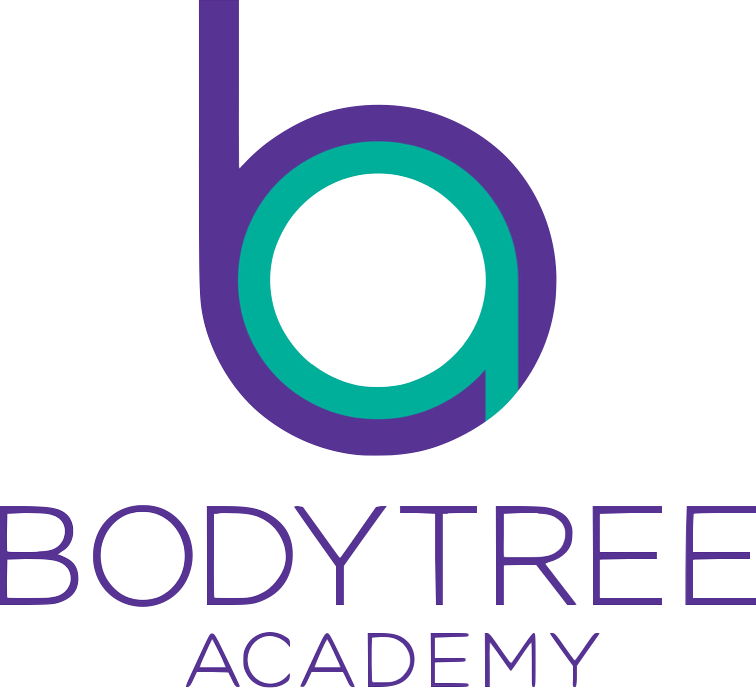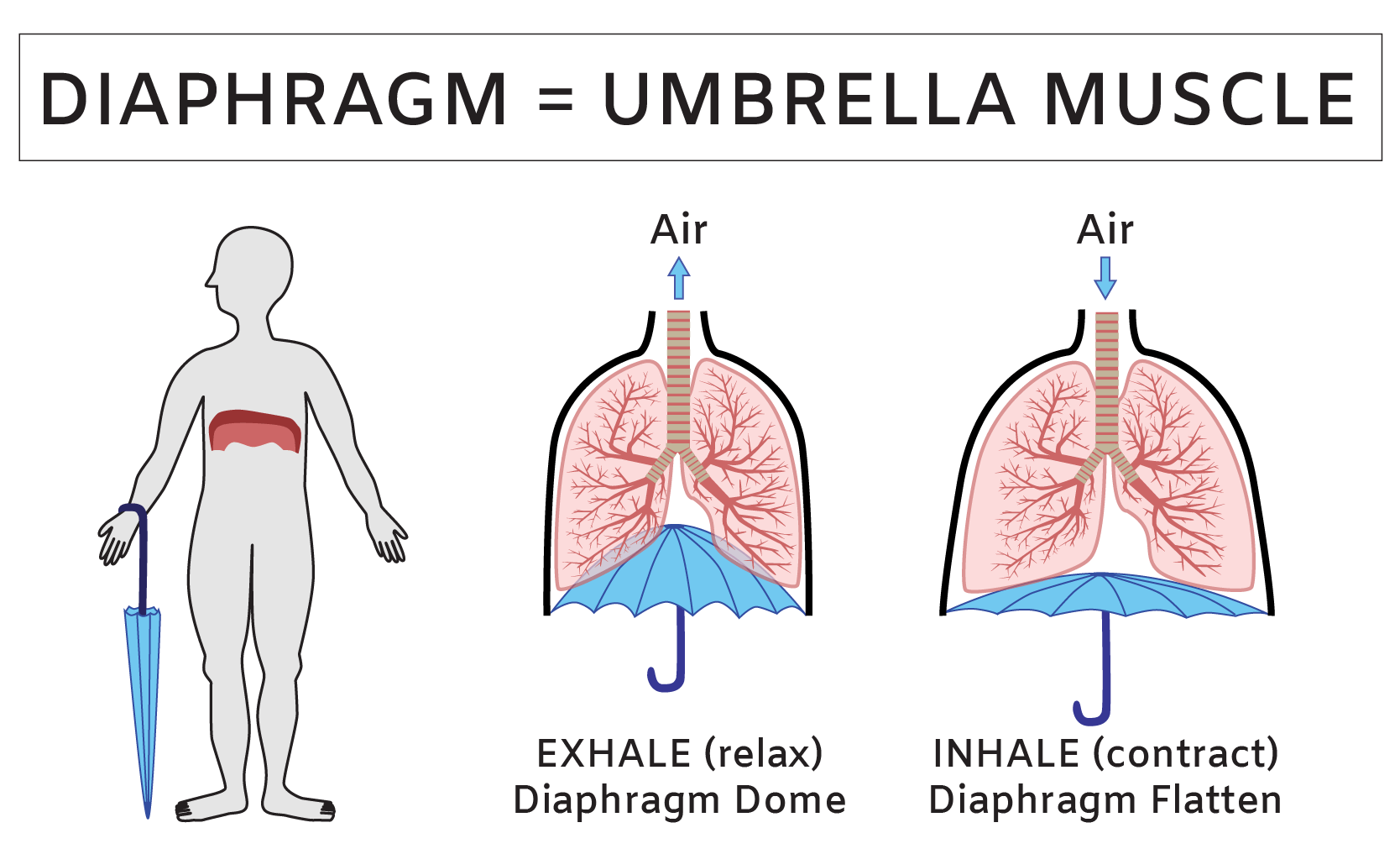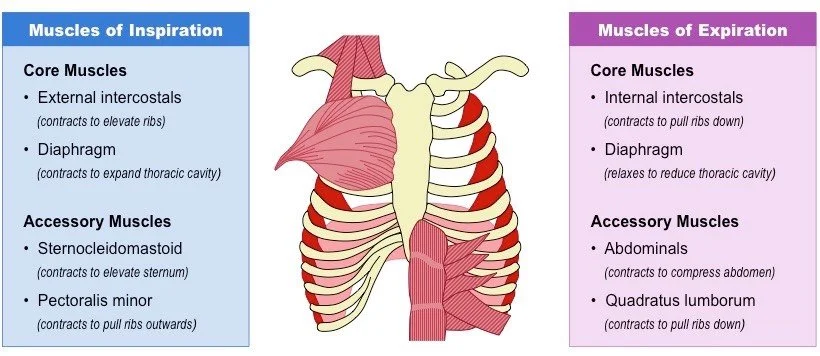How well do you breathe?
Written By Tabitha Poh (post originally on tabbymoves.com)
If you Google (or even use ChatGBT) what it its to breathe well - it will give you the list of all the great reasons for good respiration - oxygenation, relaxation. It will also mention your diaphragm. And there are lots of information in the social space about your breath and core. In Pilates, the breath and core is a great part of the exercise methodology.
But what does it really mean to breathe well, and for that matter, being able to “use our core”?
Image credit: Simplified Science Publishing.com
THE DIAPHRAGM
The flattening (contraction) and doming (relaxation) of the diaphragm is the main driver in Respiration. The image is great at demonstrating how the contraction of the diaphragm allows air to enter the lungs and the relaxation forces air out.
PRIMARY & ACCESSORY BREATHING MUSCLES
Image credit: Bioninja.com
When I explain this to my clients, I compare the quality of breathing of a baby and if they have had asthma before or experienced shortness of breath (i.e laboured breathing).
When breathing becomes labored the secondary muscles are forced to play a bigger role than normal. And just like any muscle in the body, when it is overused or constantly tensed, muscles become hypertonic (high tensioned state).
THE HOURGLASS SYNDROME
I am currently working with a client who was a former dancer, with a list of injuries sustained over the years and is dealing with chronic pain in her mid back and upper traps, neck and jaw. Her injuries were centered around her shoulder and hip joints, and previous attempts to stabilise the shoulder girdle resulted in more pain.
On one of her sessions I decided to look away from her pain areas and instead to the way she was breathing and bracing and found that her naval looked sucked in even when lying supine and passive. She had Hourglass Syndrome.
What is Hourglass Syndrome?
As shown above, Hourglass syndrome is the chronic gripping/sucking in of the abdominals. This is NOT bracing and here’s why:
The gripping creates an imbalance - when the upper section of the abdomen is gripping, it prevents the natural descend of the diaphragm during inhalation. In place of that, the muscles in neck and and chest have to contract to compensate. Besides the neck, without adequate diaphragm activity, exhalation will also need to be assisted by the Quadratus Lumborum (or QL muscles) which could lead to chronic lower back pain/tightness
Feeding into Stress State - our state of mind affects our posture, our posture affects our state of mind. In a stressed state our secondary breathing muscles become more active to “help us deal” with the sensed threat.
Left: Navy is slighly more upturned and going inwards towards the spine.
Right: After vibration to the abdomen and deep breathing to feel 3D expansion
My client is very lean and I admit these pictures aren’t the best. But if you compare at the striations around the naval as well as the shape of her ribcage around the elastic of the sports bra on the photo on the left and right; doesn’t the belly on the photo on the right look more relaxed and “rounded”?
This overtensioning also has implications on our deep core unit and how we ultimately keep our spine supported without compressing the disc space. More on that next time!
OTHER SIGNS OF HOURGLASS SYNDROME
Besides chronically tight neck and pecs, and neck pains and headaches:
Chronic tightness in the QL muscles, lower back pain
The appearance of “folds” on the back, near the ribcage
Possibly acid reflux
HOW DO I BREATHE BETTER?
During my Private sessions with my clients I do spend a lesson or 2 drilling on good breathing practices. From good breathing, we can develop appropriate bracing techniques during the training session. If you would like to book a trial session, you can do so here.
If you are a Fitness Professional looking to go deeper in understanding the science and hands on techniques on how to coach your client better bracing techniques, I highly recommend the Dynamic Neuromuscular Stabilisation Course by the Prague School of Rehab. The course is a 2 day program with a good balance of theory and hands on practice. The course will also cover the exercises based on Developmental Kinesiology. Attending the Level 1 course allows you to progress to Level 2, and also the DNS application courses on Scoliosis and Women’s Health (coming to SG soon)




